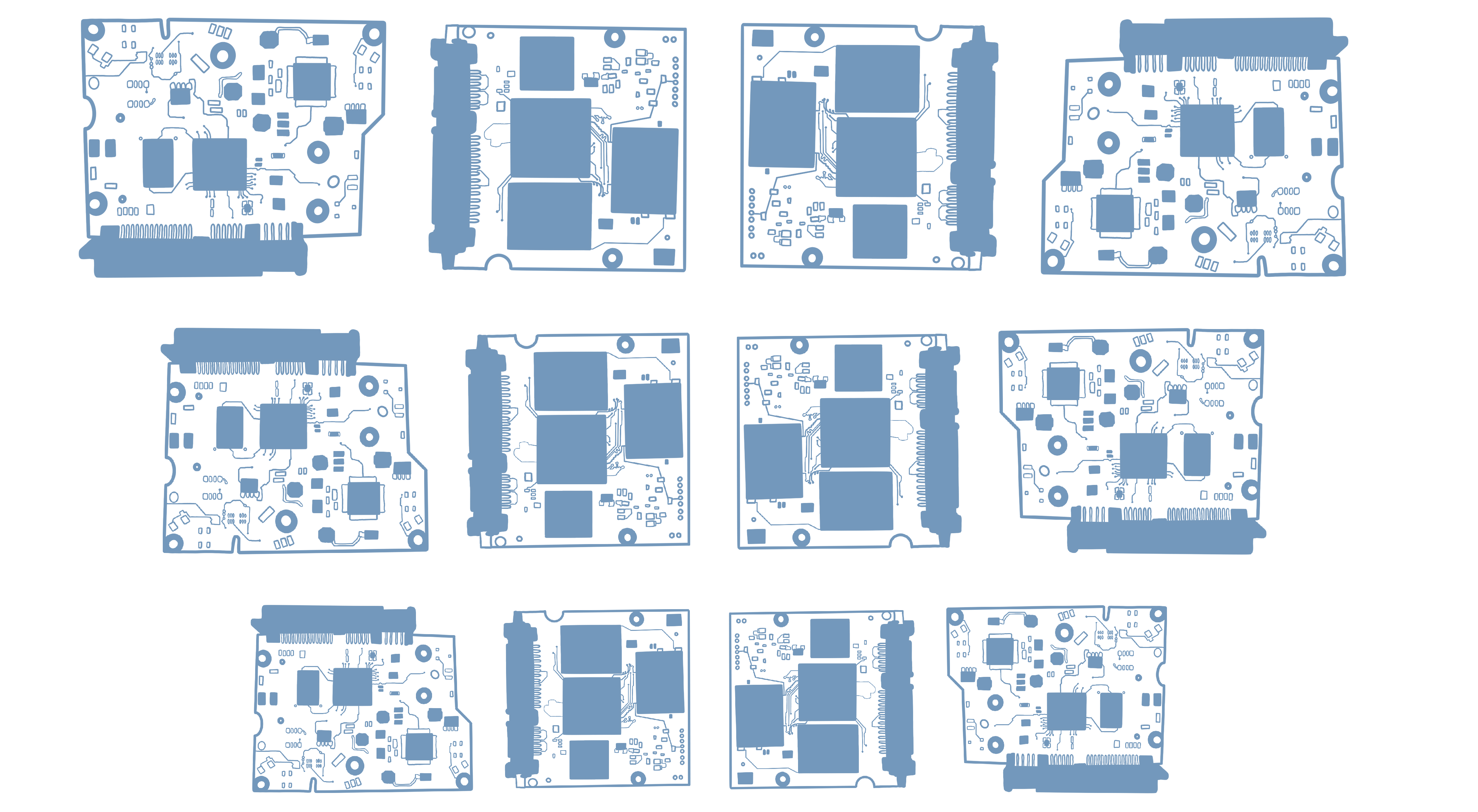
Modeling Value in the Anthropocene has been an attempt to accomplish two goals, one more general and one more specific. The first, more general aim, was an attempt to provide an example of using computational tools in the world of philosophy. Doing this could enhance philosophy by utilizing methods that can process quantitative information faster than the speed of light. We argue that the particular tool of vector semantics can model large corpora of texts in such a way that a new perspective can be created that could guide a subsequent close reading. Our hope for this endeavor and any kindred projects in the future has been that this prior modeling can provide the potential for a close reading that leads to the creation of a concept, which is the aim of philosophy.
The particular question that this project sought to answer is, “What concept should ground individual and collective value in the world beyond the Anthropocene?” After using word2vec to model the conceptual networks of the concepts such as “profit,” “Anthropocene,” and “Neganthropocene” in the bibliography of philosopher Bernard Stiegler, we performed calculations on these vectors in order to unveil new vectors, the concept that they represented being that which guided our close reading of Stiegler’s Nanjing Lectures. This close reading lent itself to the production of a broad analysis of not just the Nanjing Lectures, but Stiegler’s work in The Neganthropocene and Technics & Time, 4: Faculties and Functions of Noesis in the Post-Truth Age, Daniel Ross’ Psychopolitical Anaphylaxis: Steps Towards a Metacosmics, and the Internation Collective’s Bifurcate: There is No Alternative.
This work has been a part of a larger project of modeling the concepts of “entropy” and “negentropy” in the history of Western thought, which might result in a book on what Daniel Ross calls metacosmics.
View the final formulation of the Python script employed in this analysis here, and download the cleaned corpus of Stieglerian text used here if you should feel compelled to enact your own analysis using our project’s framework.


